ISOYC Issue #1: HENRY Spits on Your Cinema


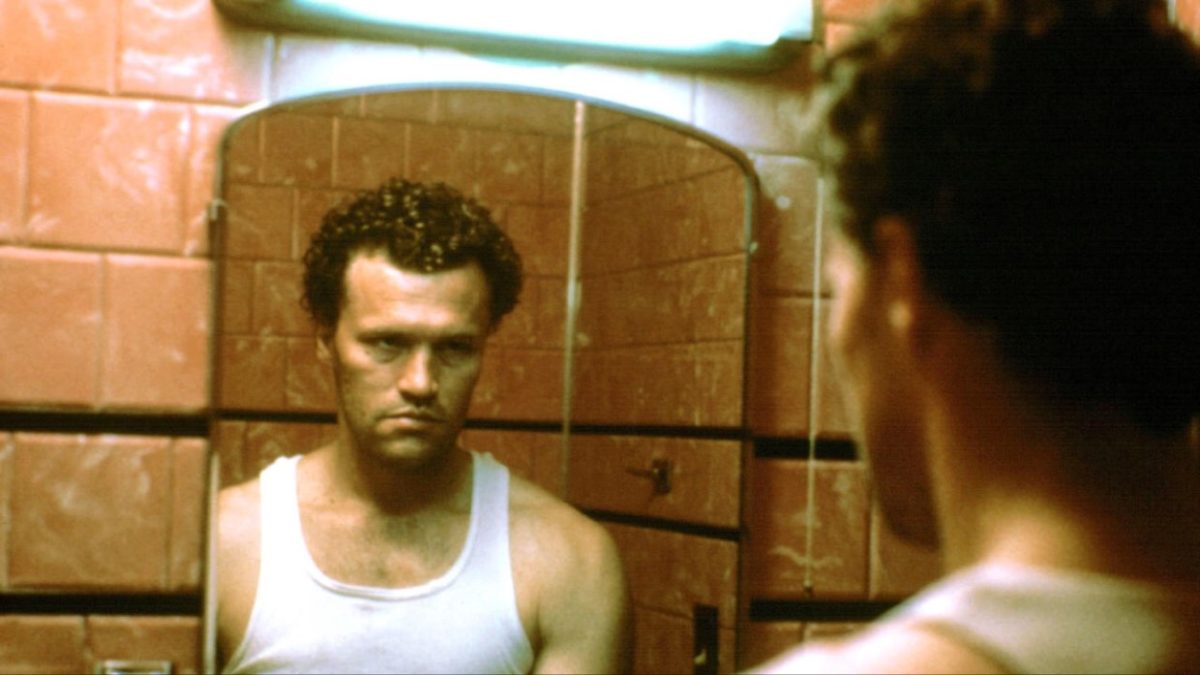
Here at The Farsighted, we aspire to highlight independent and experimental filmmakers to provide exposure to works that are often unseen or misunderstood by common movie goers. No genre would best exemplify these two elements better than that of the transgressive film. In this essay series we will be delving into extremity to highlight the artistic merits that are so often missed by those unfamiliar with the sub-genre. For those unfamiliar with transgressive cinema, this will be the perfect introduction as we will explore what brings these titles into the lexicon of cinema. But don’t worry initiated delinquents, those who have already perused French Extremism, consider Salo or The 120 Days Of Sodom a religious experience, or hold your tongue whenever someone asks “What should I watch?”I Spit on Your Cinema looks to not just provide exposure for these often misunderstood films, but to encourage further exploration into the piece’s morbid heart.
There’s no better place to start than Henry: Portrait of a Serial Killer. A film that may not be the first, but exists as a prime example of the term ‘Transgressive Cinema’. Released in 1986, The film was released in 1986 without a theatrical run due to an X-Rating that received vicious blowback from many critics who felt its nature was repulsive. In 1990, review from Roger Ebert would give the film its due credit as a cinematic masterpiece.
What’s shocking about Henry: Portrait Of A Serial Killer is not difficult to distinguish. Slow camera pans on the mutilated corpses of women, realistic depictions of violence and rape; all of which are centered around characters whose moral qualms seem nearly null and void. So, what is it that attracts viewers time and time again to Henry and the other films of its ilk?
One of the most distinguishing aspects of Henry is its slow pace. While the title has embraced the open arms of the horror genre, director John McNaughton’s delivery offers the framework of an insightful character study that contradicts much of the horror being shown during its time. Hinted even by its tag line “He’s not Jason. He’s not Freddy… he’s real.”
During the decadent 80s when action heroes and comical killers flooded the box office with special effects there was a strange relationship forming between violence and the screen. Coming off the crest of a wave of serial killings that haunted the 70s, it’s no surprise that the topic of serial killers became a common character of social intrigue. The sub-genre of low budget slashers hit a peak alongside it’s more exorbitant creature-feature contenders in the box office.
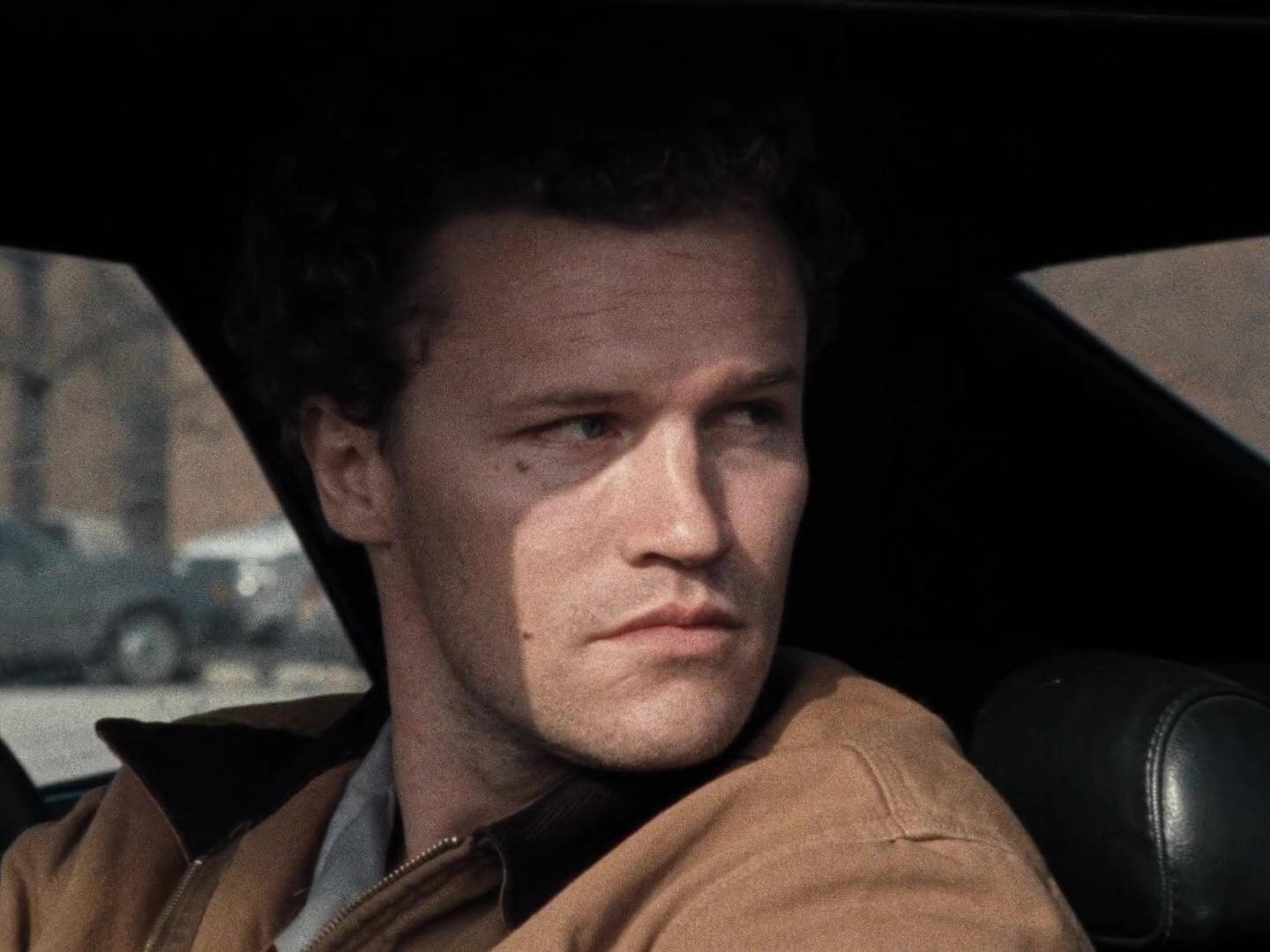
Moviegoers had become comfortable with watching cheesy depictions of backwoods slashings, there was a detachment available through the cartoonish reenactments of heinous crimes. Murder, death, sex and violence were praised in the box office. Horror after all, still held its focus on being entertaining. But Henry wanted people to remember, these were real.
All of these experiences were accompanied by the fantastical or the comfort of the final girl rule. The suspense was tailored to allow you enough time to breathe between thrills and grow attached to enjoyable protagonists with whom you could enjoy both living and dead. The formula is simple; set-up, chase, threaten, escape. Henry is not a film to escape.
A common feature within transgressive cinema is the abandonment of the moral lense. Violence or sex in mainstream movies is often distracted with quick cuts and a variety of shots to keep the eye engaged. Films like Henry decide to use a more documentarian approach and keep focused. It feels cold, unflinching, and voyeuristic, all of which brings a sense of realism to the events unfolding. The camera forgoes a polite format to become a fly on one of the most devious walls one could imagine, the life of a serial killer.
There is some familiar territory in the introduction of characters that bring us into the macabre. Following a brief glimpse into the madness in Henry (Michael Rooker). Utilizing two slow pan frames of violence and manic inner monologue as he walks past a deli, the arrival of new roommate Becky (Tracy Arnold) provides a sense of humanity to attach oneself to. Down on her luck in hopes of providing a new home for her daughter and leaving a career of stripping behind, Becky has reached out to her brother Otis (Tom Towles) for a place to stay. When Henry walks through the door and is met by the sight, there’s an odd sense of charm. He’s quiet, hospitable, and shows all signs of being well mannered. Becky even takes a bit of a shine to him. When she inquires further with Otis, he reveals that he met Henry in prison while doing time for drug dealing. When asked what Henry did, Otis reveals that Henry killed his mother when he was fourteen with a baseball bat.
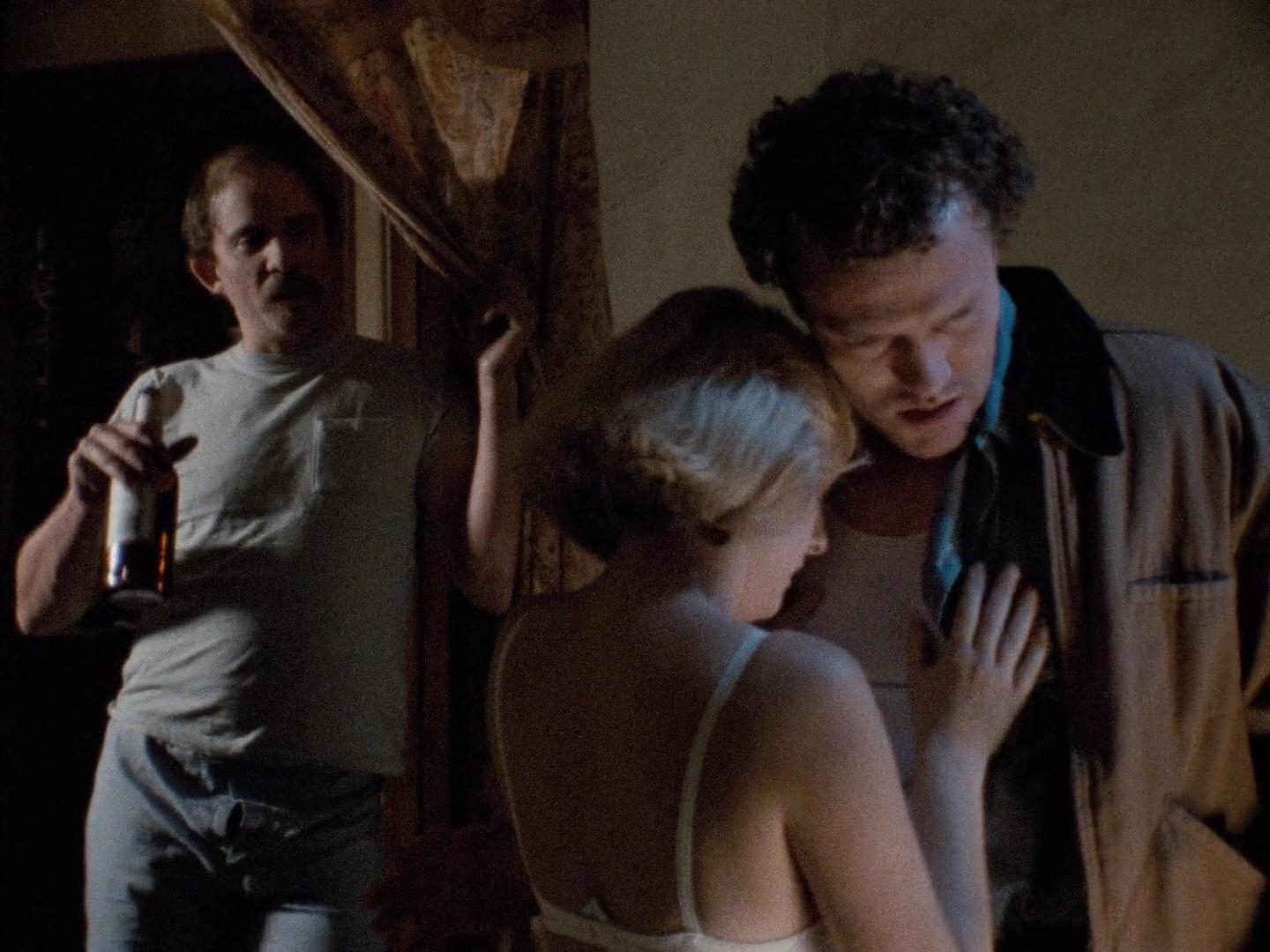
While most would be put off, this elicits empathy from Becky. During a card game, Becky asks Henry if it’s true. He says yes and reveals a childhood of sexual humiliation from his mother that led to his egregious action. To which Becky responds with her own tales of paternal molestation. “It feels good, having someone to talk to about this. I… I feel like I can talk to you.”
This brings about another feature of the transgressive art exemplified by this film. Sex in film has often been a difficult topic challenged throughout cinema’s many progressions. The fall of production codes led to the rise of sexploitation films which gave call for counterbalance with whats become a quintessential genre in film; the rape revenge film. While in recent years there’s been notable efforts to bring the taboo discussion into the cinematic landscape, this has not been the case, and could arguably so still not be unwelcome in mainstream film. Such topics have been relegated to the antagonistic or art-house to open the discussion on the silver screen.
Within the conversation between Becky and Henry lies an insightful layer into the myriad of moral dynamics between the characters. Henry offers no apology, no consultation, or judgement. Instead, he allows Becky the freedom to express herself by saying nothing. He allows her to simply feel heard. A key theme found within the genre and its reasoning for such controversial subjects.
The viewer has been given the insight to know that this silence is in part due to Henry’s inability to process emotions with his sociopathy. However, this misinterpretation from Becky lends a resounding echo to the film’s objective lense. Becky is allowed to make mistakes, to be human, all of which further builds the suspense as she becomes more fond of Henry.
While Henry’s relations with Becky serve to highlight his abilities to function as a human, it’s in his relationship with Otis where a foul nature reveals itself. Boarded up in a small apartment with a small television and peeling wallpaper, the two border on the line of destitute. Otis strikes as the most profane of the pair with his snaggle tooth and his outward perversions; playing grab ass with his sister and attempting to pick up teenage boys with the promise of marijuana. In fact, Henry even halts Otis’ advances on Becky one night, reminding him “She’s your sister.” But murder has yet to enter his mind.
It’s not until Otis convinces Henry to go out and get a prostitute where he learns of Henry’s darkness in full. Parked in an alleyway, the two share a pair of women only to be cut short when Henry twists her neck and kills her. To which Otis follows suit. It’s in this moment that a depraved awakening takes place in Otis. Henry has shown him a new layer of his own desires. When Otis asks how Henry does it, he simply responds “There’s us and there’s them. That’s all it is.”
The mentor-mentee relationship is forged as they dispose of the bodies. While Becky begins her new job as a beautician and deliberations of child custody over the phone, Henry and Otis begin to escalate in their actions. Following his new lesson in nihilism and an impatient outlash at a television set from Otis, the killers again set off into the night. Following a failed bargain with a television pawn broker, they shoot the man and take home a brand new television and camera.
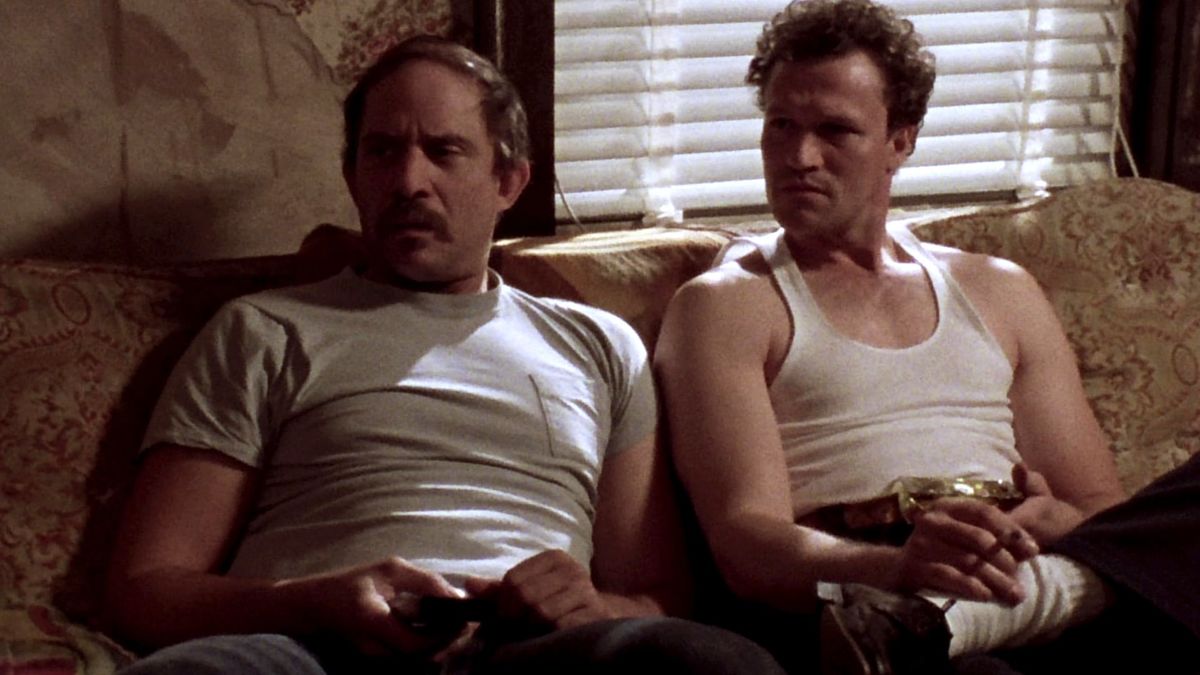
Here is where another component of perspective becomes an important facet of the film’s framework. Following a series of rapes and murders captured vividly on home video, Otis and Henry take to sitting on the couch and watching their crimes in replay. While not as poignant a point as Haneke’s work in Cache or Funny Games, there is an interesting reflection to the viewer.
The home video format has always held an intrinsic sense of realism. So much so, that the found footage genre has built itself off of its ability to craft an authentic sense of terror with the audience. While much of this aims to further inform the objective lense and bring about a vivid sense of terror, it almost holds a challenging question. Because at this moment, Otis, Henry and us are exactly the same. We are both watching the same footage, we have shared this journey for about an hour now and not left. But what defines the scene is not the act of watching, it’s Otis when he tells Henry “Play it again.” Even Henry shows distaste when he obliges the request. It strikes the interesting question of “Why am I watching this?” and asks even further why I would be watching this again. A key note in the discussion of film and moral perspective of its lens. Which makes for an even more interesting note when Otis and Henry take to filming other people’s acts of violence in the streets for their amusement. The camera has become both an escalation and further detachment as they chase their savage thrills. Much like those who may be turning this film on for the first time.
As Henry shows Otis how to kill, Becky remains unaware but has made note of Otis’ admiration for Henry. She too, admits she’s finding herself more taken in by him. He keeps her brother’s grubby hands off her and Henry’s coy demure has been maintaining its effect.
But when Otis comes home to find Henry and Becky making out, a betrayal occurs. Embarrassed, Henry leaves to buy a pack of cigarettes, and Otis lashes out at Becky. Henry shows a sense of loathing for letting Becky get him so close and tells a friendly cashier “Fuck the bears” only to return home and find Otis mid assault on Becky, choking and raping his sister using methods Henry’s showed him. Outraged, Henry kills Otis in front of Becky, revealing his true nature to her for the first time. While Becky bemoans Otis’ death, she’s somewhat thankful. Henry tells her they have to cut up the body and move. A new mentee has come under Henry’s wing.
Becky assists Henry and the two find themselves on the run. Down a long stretch of highway, they sit silent. Henry asks Becky if she wants the radio on, instead after processing how she’s going to have to uproot her life and flee criminal charges, she offers “I love you.” To which Henry responds “I love you too, I guess.” And akin to the cold sting of settled romance found in The Graduate, silence fills the air. Again Henry asks “Would you like me to turn the radio on.” To which Becky says yes. It’s not until you see the bloody suitcase by the side of the road and Henry driving off into the sunrise alone in the last frame of the film that the last piece of Henry’s true sinister nature becomes revealed.
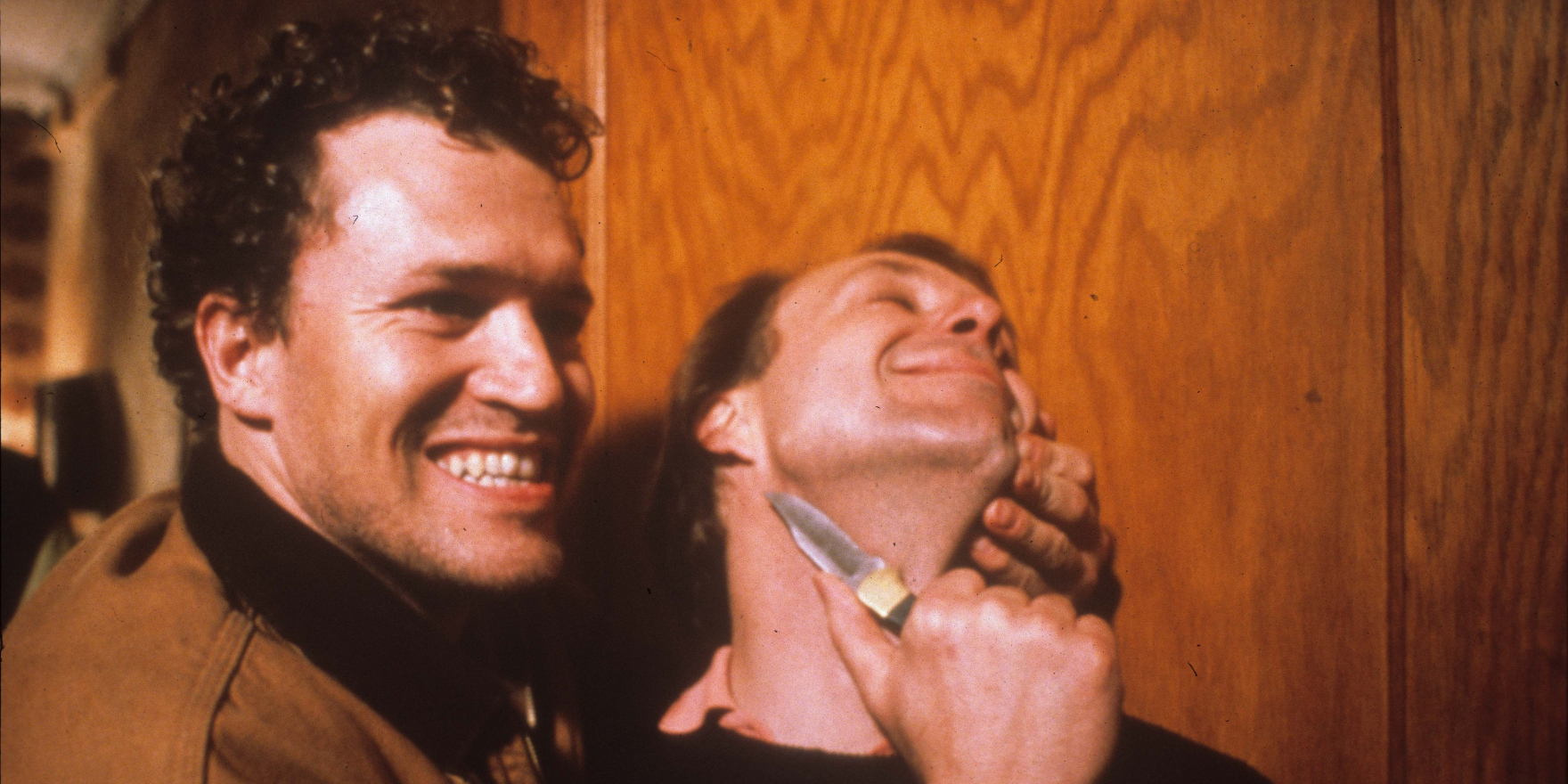
With Henry: Portrait Of A Serial Killer, the character of Henry offers a very distinct exploration on the subject of sociopathy. Henry’s character is complicated, not derived from the caricature madman or mastermind killer depictions familiar to many other serial killer movies. Utilizing the relationships between Otis and Becky the films reveal the subtle mechanics of deception that are true to actual serial killers. Henry’s character was in fact informed by the real life killer Henry Lee Lucas who participated in a similar mentor relationship with a cohort also named Otis who were convicted in 1983. Three years before the film’s release.
So what makes this film so revered among both film scholars and fans alike? In many aspects, there’s some historical context relevant with the topic of serial killers in the headlines and on screen during the 80’s. Many films had taken to the topic but often featured detective tales or prom night massacres. William Lustig’s Maniac had broken ground in 1980 to introduce an entire movie from a serial killer perspective. A captivating performance from Joe Spinelli’s interpretation of the serial killer David Burkowitz (Son of Sam) reinforced by exploration of the environment that made for his hunting grounds in a city under siege from crimewaves. But what made Henry so abhorrent to viewers was its form.
As discussed, the objective lense is a frequent tool of the transgressive film. The camera dares to reach beyond a place of morality and express what’s there. Violence is portrayed without glamor, characters are morally compromised and not every ending has justice. McNaughton’s slow pans on strangled and mutilated women peer into actual cruelty. The 16mm grain gives a coarse image as it winds through streets of a dilapidated Chicago and its unflinching lense allows what’s on screen to happen. It goes against any sense of common glamor evoked from the screen.
Co-written with writer Richard Fire, the story draws up no moral conclusions or denials. It simply happens. An honest truth if there ever was one about murder. But that’s not to discount what makes the film so effective in its exploration; its characters. The characters of Becky, Henry and Otis occupy complex perspectives and scenarios which feed into the exploration of both victims and killers. There’s no blame that Becky can’t see through Henry’s cunning and her attraction seems genuine. There are moments where it appears Henry is capable of such transformations from his known state. There’s a lack of victim blaming that reinforces an agency provided to Becky for her tragic mistakes. Otis’ aggressions and malcontent even hold possible empathy with his restrained homosexuality that no doubt shared the same molestations as Becky in their childhood home. Henry is seen as both the monster and human that he is, which complicates our own interpretations of his character throughout. Being human, we naturally search for empathy and Henry utilizes this in a particularly fascinating way.
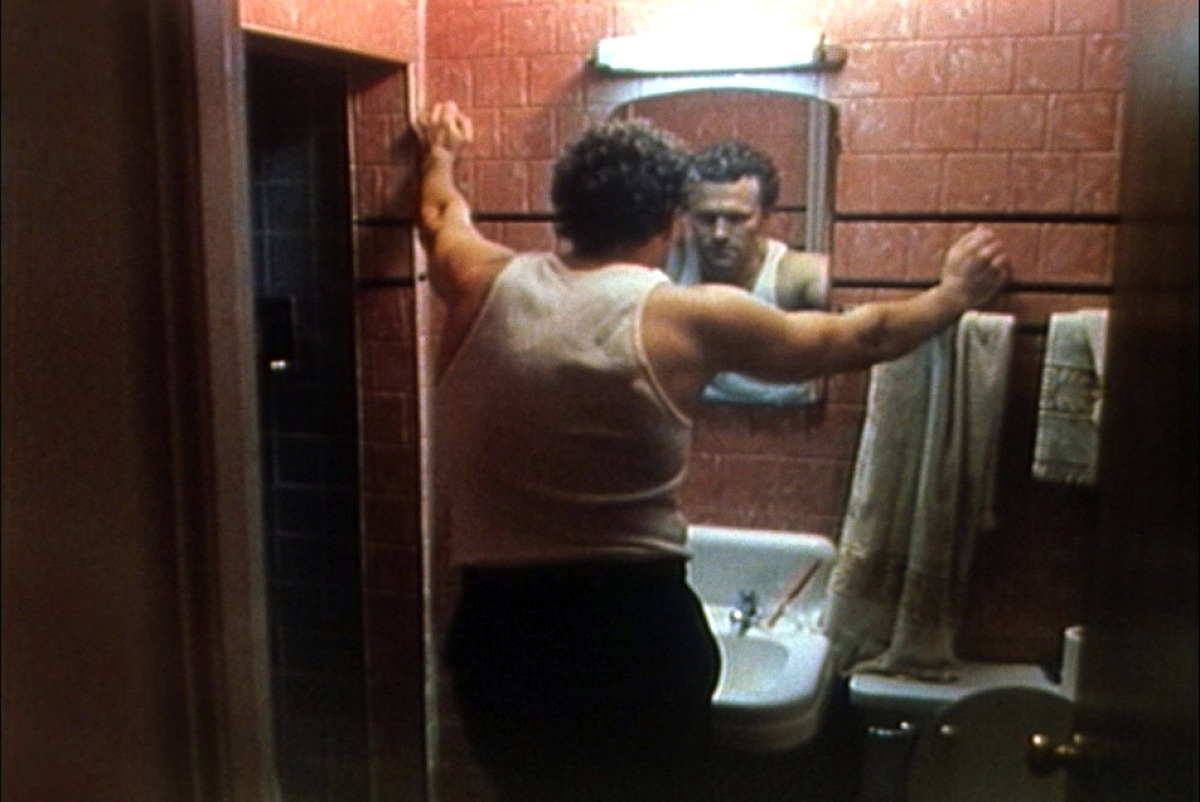
Perhaps what strikes viewers as so controversial aside from the grisly depictions of violence is the film’s willingness to allow such characters to exist. Because the real world isn’t supposed to exist on screen, it’s supposed to be fantasy. Henry is real. Otis is real. Becky is real. They’re all out there and no one should know of them. Not for warning, not for empathy, not for any mention aside from tomorrow’s headlines skimmed past for sports scores and stock exchange.
The feat of occupying an unpleasant perspective has long been a notion in the tradition of transgressive film. It’s certainly one that Henry: Portrait Of A Serial Killer upholds with absolute mastery. It’s a heralded classic not just for its depictions of vicious violence but how close it dares to get to the topic without constraint.
Treated with just as much criticism upon its release as today’s message boards, Henry: Portrait Of A Serial Killer is often misunderstood as exploitative, perverse and leaves people asking me “How can you watch this shit?”. It is my hope that the artistic credibility of this film is highlighted. Demonstrated not just in the visual language, but the examinations of characters and themes throughout. How it’s an artful piece that goes beyond simple exploitation or horror to provide an honest glimpse into some of the most complex aspects of humanity and tragedy. An example of the power of genre to bring unseen and unheard voices to the screen, it’s not to be praised or to inspire but to simply exist as another piece of the picture in portrayal of the human condition through film.


